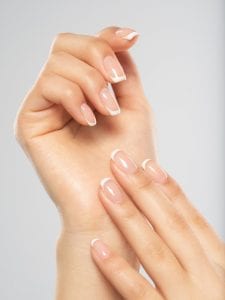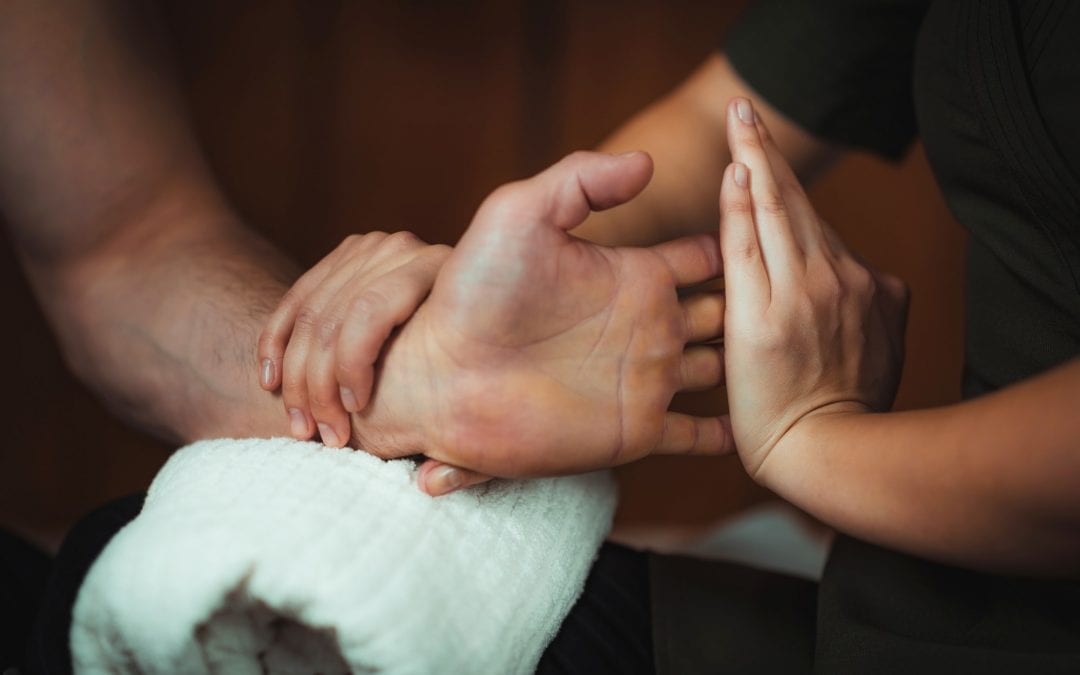Also known as Raynaud’s syndrome and phenomenon, and Raynaud’s disease causes pain in the extremities.
What can you do for Raynaud’s Disease? Let’s find out.
Raynaud’s disease symptoms surface when the temperatures drop. As blood vessels narrow and almost completely shut down, patients see their fingers and/or toes go from white to blue to red as the blood returns.

Quick Highlights
- Raynaud’s affects 5%-10% of Americans
- Women and people in cold climates are 9 times more likely to be affected
- Happens when peripheral blood vessels overreact to the cold
- First described in 1862 by Maurice Raynaud
- Diagnosed by a capillaroscopy
Raynaud’s Disease Treatment
Unfortunately, there is no known cure for Raynaud’s. However, there is a way to manage the symptoms.
Individuals experiencing mild forms of Raynaud’s should follow the following tips:
- Cover exposed skin before leaving the house
- Soak the affected areas in warm water after an attack
- Manage stress through meditation and other techniques
Indeed, these guidelines may prevent attacks and bring some relief after experiencing symptoms.
Individuals experiencing moderate to severe forms may need medicine to treat.
- Alpha-1 blockers, such as doxazosin, can help avoid blood vessels constricting
- Dihydropyridine calcium channel blockers, like amlodipine, help relax the smaller blood vessels in the hands and feet
- Topical nitroglycerin ointment may improve blood flow, cardiac output, and decreasing blood pressure
- Vasodilators, like losartan, ease the symptoms by dilating the veins
Individuals experiencing very severe cases may need invasive procedures.
Nerve Surgery (Sympathectomy)
- Raynaud’s is caused by vasoconstriction, which is controlled by sympathetic nerves
- Nerve surgery can be performed to decrease the frequency or severity of attacks
- During the operation, small incisions are made which strip the nerves away from the blood vessels
- The surgery doesn’t always work
Chemical Injections

- Certain chemicals can block the sympathetic nerve fibers from allowing vasoconstriction
- Some local anesthetics like Botox can work for some people
- Depending on the chemicals, treatment will need repeating as the effects wear off
How to Cope with Raynaud’s
A variety of situations can act as triggers to symptoms of Raynaud’s. The National Heart, Lung, and Blood Institute (NHLBI) make the following suggestions for avoiding such triggers:
- Avoid emotional stress when possible and learn managing techniques
- Quit smoking (or never start)
- Keep the house warm when temperatures drop
- Wear warm clothing during cold weather
- Avoid any medicine or substances that trigger the symptoms
- Exercise daily for overall healthiness and stress reduction
- Limit alcohol and caffeine intake
If you experience any symptoms related to Raynaud’s, especially obvious ones like developing sores on your extremities, visit your physician.
Treating Raynaud’s early on may help prevent your symptoms from getting worse and experiencing serious complications.
Supplements like L-arginine Plus help open the blood vessels in a safe and natural way, which may alleviate some symptoms.

